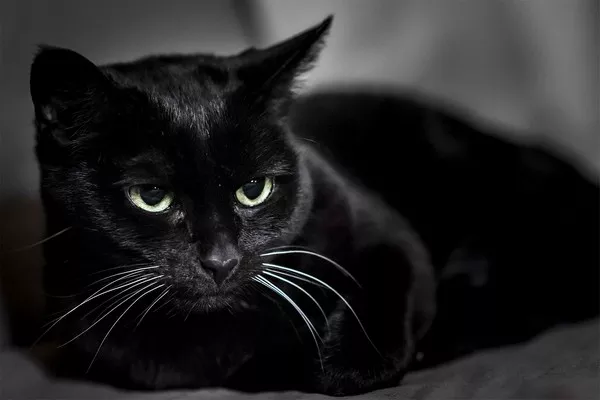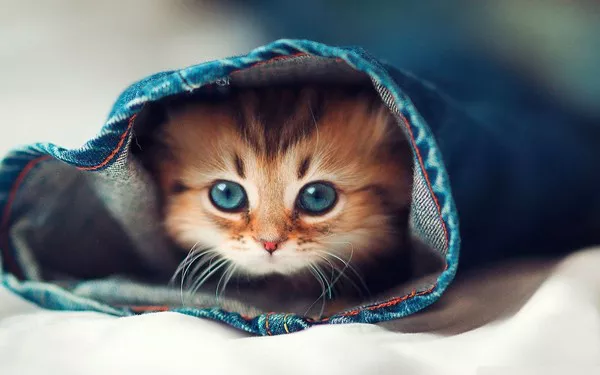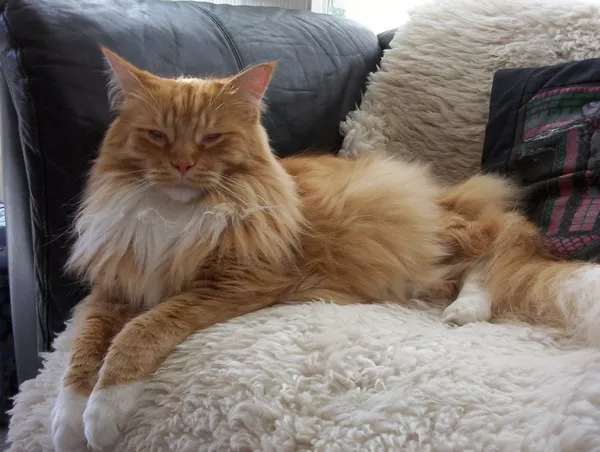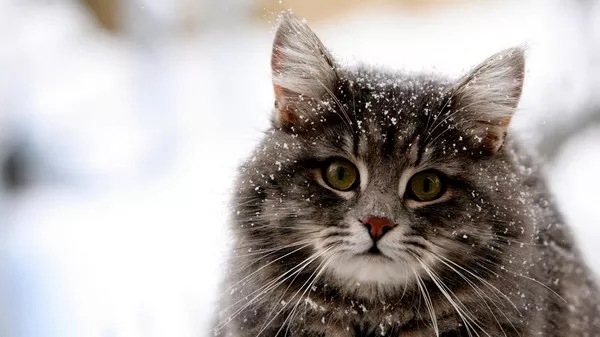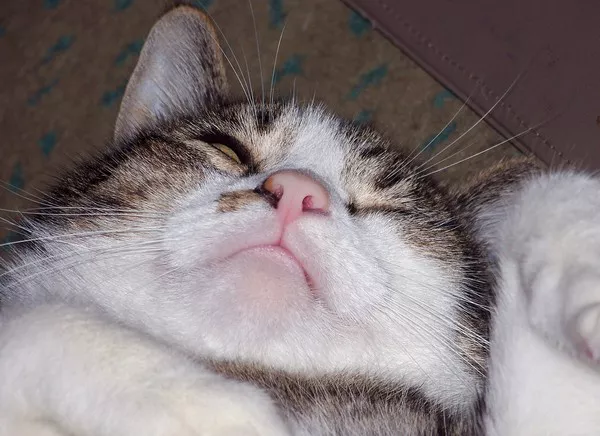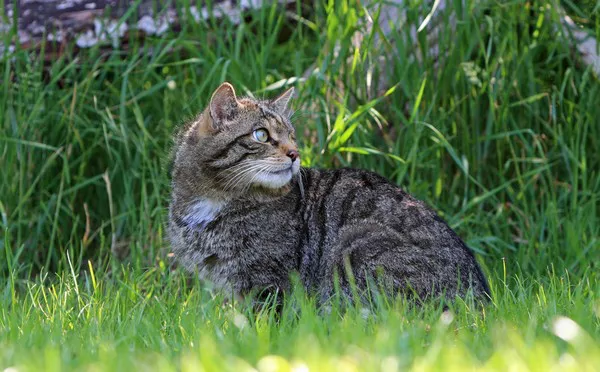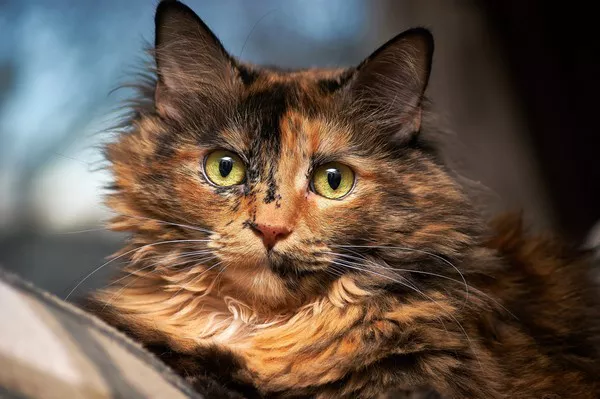The Bombay cat is a beautiful and unique breed that has captured the hearts of many cat lovers around the world. These cats are known for their sleek black coats, muscular bodies, and affectionate personalities. Despite their popularity among cat enthusiasts, Bombay cats remain a relatively rare breed. In this article, we will explore the reasons behind their rarity.
Origins of the Bombay Cat
To understand why Bombay cats are rare, it is important to first know where they come from. The Bombay cat was created in the 1950s by an American breeder named Nikki Horner. Her goal was to create a cat that resembled a miniature black panther. To achieve this, she crossed a black American Shorthair with a sable Burmese.
The result was a stunning cat with jet-black fur, gold eyes, and a muscular build. The new breed was named after the city of Bombay (now known as Mumbai) because of its resemblance to the black leopards found in India.
The Rarity of the Bombay Cat
While the Bombay cat is a popular breed among cat lovers, they remain relatively rare compared to other breeds such as Siamese or Persian cats. There are several reasons for this.
Breed Standards
One reason why Bombay cats are rare is because of their strict breeding standards. The Cat Fanciers’ Association (CFA), a major cat registry in the United States, has very specific guidelines for what qualifies as a purebred Bombay cat. These guidelines include everything from coat color and eye shape to head size and body type.
Breeding cats that meet these standards can be difficult and time-consuming. It often involves multiple generations of breeding and careful selection of each individual cat’s traits. Because of these high standards, there are fewer breeders who specialize in Bombay cats, which leads to less availability of the breed overall.
Limited Gene Pool
Another factor that contributes to the rarity of Bombay cats is their limited gene pool. Because the breed was created from only two parent breeds – the black American Shorthair and the sable Burmese – there are fewer genetic variations to work with when breeding new cats.
This limited gene pool means that inbreeding can be a problem among Bombay cats. Inbreeding can lead to health problems and genetic defects, which can make it more difficult to produce healthy kittens.
Health Issues
In addition to the limited gene pool, there are also some health issues associated with Bombay cats that can make breeding them more challenging. For example, the breed is prone to hypertrophic cardiomyopathy (HCM), a heart condition that can lead to heart failure.
Breeding cats that are free of HCM can be difficult, and many breeders will only use cats that have been screened and tested for the condition. This further limits the number of cats available for breeding.
High Demand
Despite their rarity, Bombay cats remain a popular breed among cat lovers. Their unique appearance and affectionate personalities make them highly sought after. However, this high demand can often make it difficult to find a purebred Bombay cat.
Some unscrupulous breeders may try to take advantage of this high demand by selling cats that are not actually purebred or that have health problems. It is important for potential buyers to do their research and only purchase cats from reputable breeders who follow proper breeding practices.
Conclusion
The Bombay cat is a stunning breed that is loved by many cat enthusiasts around the world. However, their rarity makes them more difficult to find than other breeds. Factors such as strict breeding standards, a limited gene pool, health issues, and high demand all contribute to their rarity.
While it may be more challenging to find a purebred Bombay cat, it is important to remember that the breed’s rarity also makes them all the more special. By doing your research and working with reputable breeders, you can help ensure that the Bombay cat remains a healthy and thriving breed for years to come.

